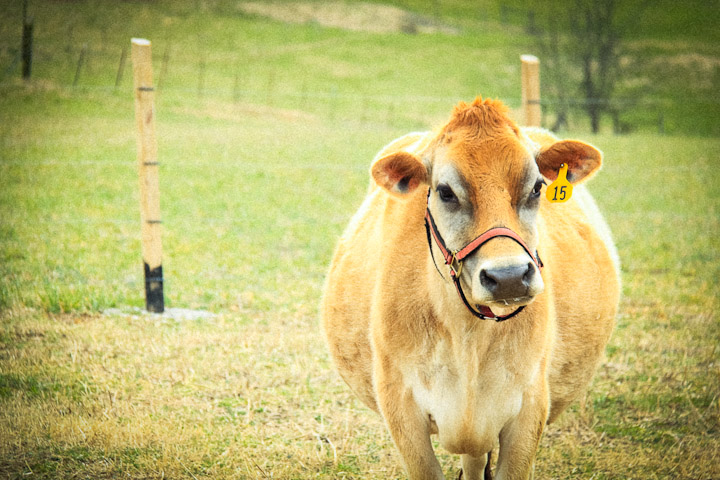Grass Feeding Dairy Cattle – A Step By Step Guide On How To Start Feeding Dairy Cattle In A Small Farm
Grass Feeding Dairy Cattle – A Step By Step Guide
On How To Start Grass Feeding Dairy Cattle In A Small Farm
Once the dairy farm has been set up, it is important to consider the safety of the dairy cattle. Provide fences and gates which should separate and group the cattle from the other farm animals, since they are given different kinds of forage.
The following are the steps to start grass-feeding cattle:
Step 1: Find the right kind of forage. Research forage options specific for dairy cattle by checking with your local agricultural extension office![]() . Choose plants that will grow well in your pasture’s soil type and produce high growth in your climate.
. Choose plants that will grow well in your pasture’s soil type and produce high growth in your climate.
Step 2: Build several smaller pastures to help moderate the amount of food the cattle consume. Grass quality varies with the seasons and can be overgrazed or lose its nutritional value if too old.
Step 3: Know when to feed the cows. The best time to be feeding dairy cattle is at milking time. This is when they are in the best mood to be fed and demand higher levels of energy and protein. Hay covered in organic molasses could be fed during daily milkings.
Step 4: Plant alfalfa or another high-energy forage for winter feed. Grass-fed farms in seasonal growing areas need to grow and bale hay for winter forage or purchase enough hay to feed cattle during the winter.
Step 5: Make sure the cows are getting the right kind of nutrients they need in order to produce a great amount of milk. Adding powdered seaweed and young sprouted grasses to their hay is always a good idea. Some of the nutrients that lactating cows need, which should be present in their forage, would be:
– Protein
– Fiber
– Fat
– Calcium
– Phosphorous
– Potassium
– Vitamins A, D, and E
Step 6: Watch for the different stages of lactation. When feeding dairy cattle, the different stages of lactation are also taken into consideration. There are three main stages which include Early Lactation, Mid to Late Lactation, and the Dry Period, wherein the calf’s body weight and energy balance are directly related. In the early lactation where milk yield is at its peak, cattle experience body weight loss. As they get into the middle to late lactation, their milk yield goes down as their dry matter intake goes up as well as their body weight. By the time they reach the dry period, they have already gained back the weight that they lost.
Timing the periods of feeding dairy cattle to their lactation stages will benefit not only the cows but also the production of milk in the farm.
